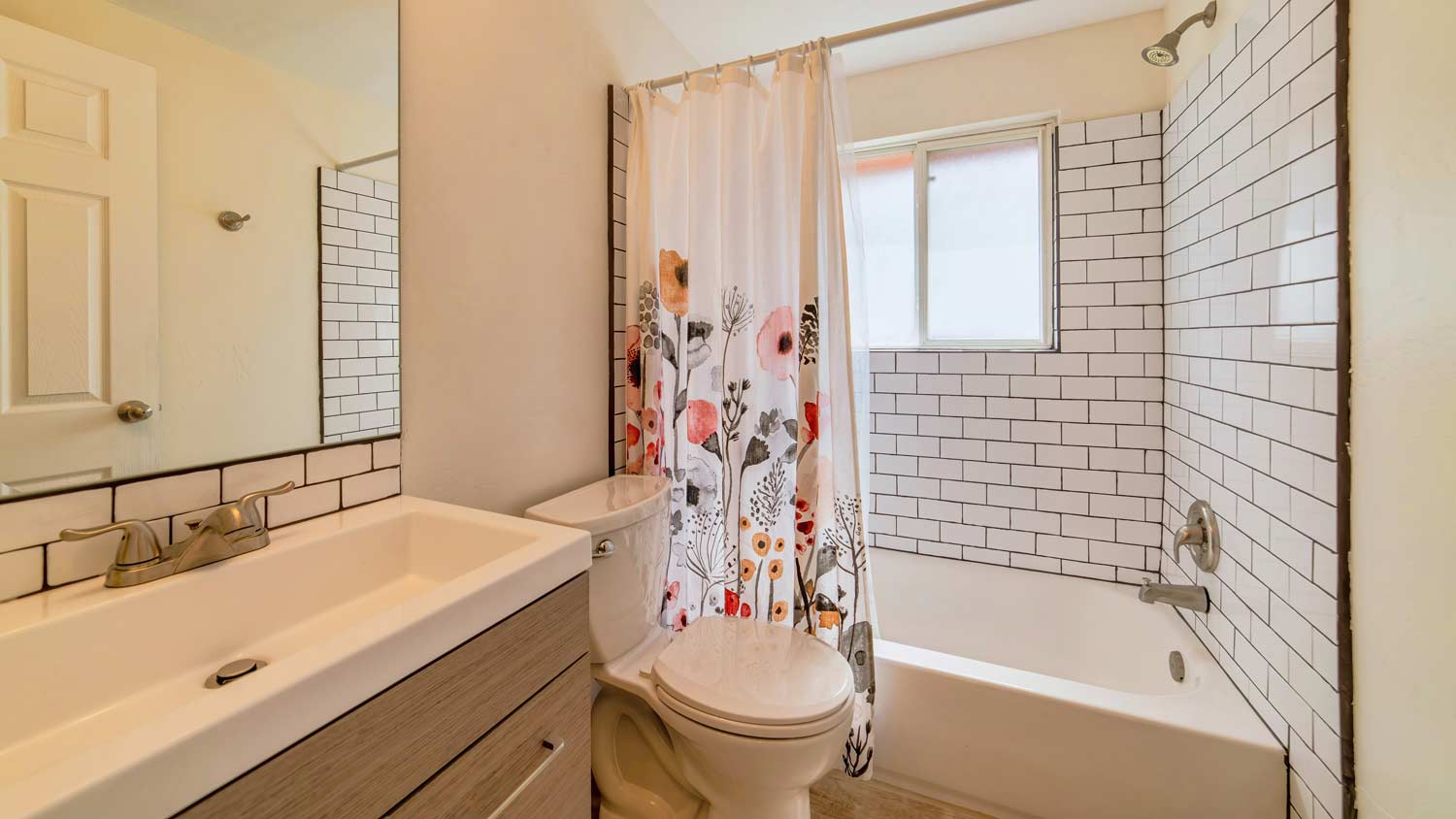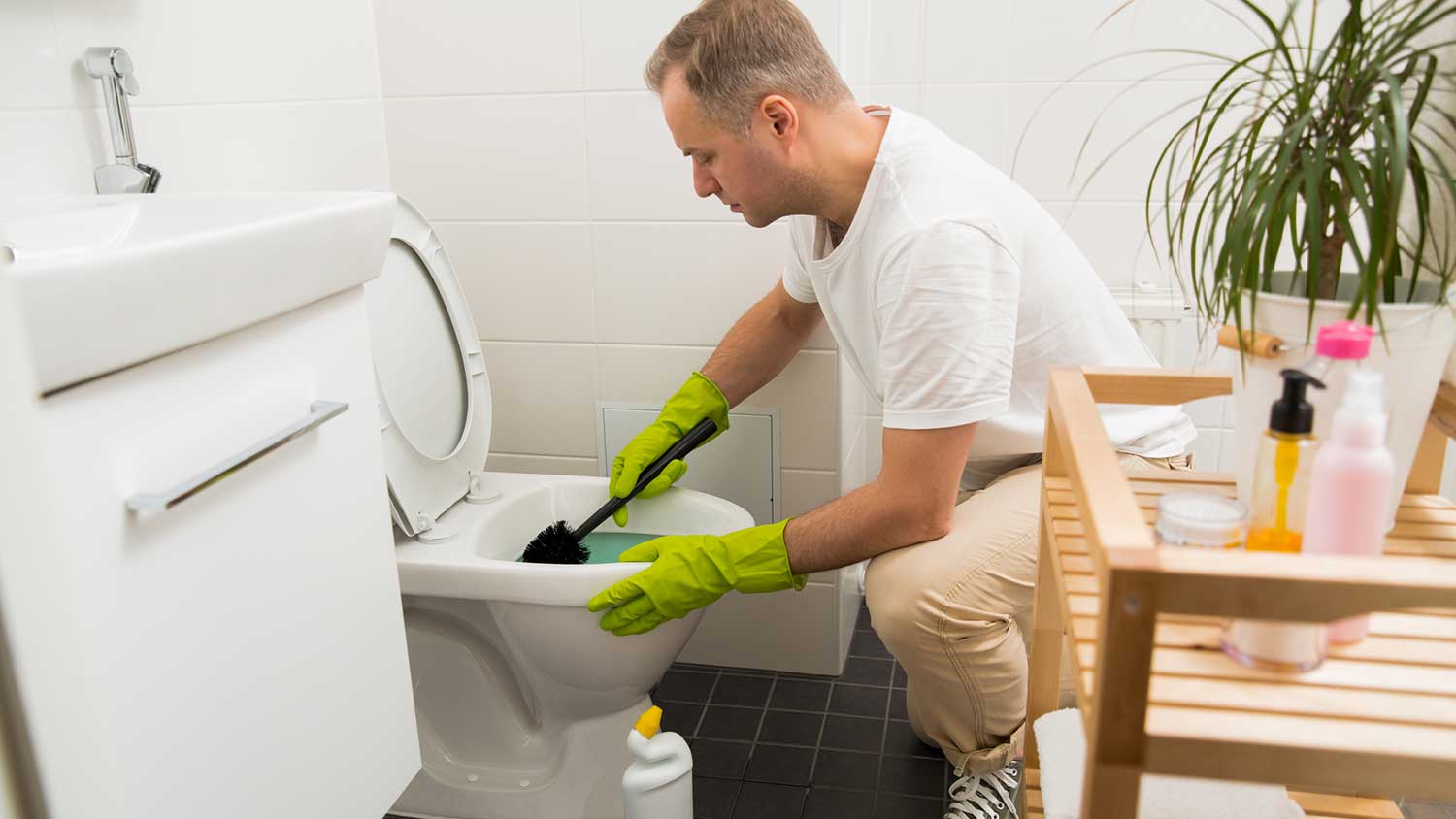What’s the Difference Between Dust and Mold?
Dust off your knowledge about these two unwanted houseguests


Dust is usually gray and coats surfaces in a fine film.
Mold can be any color but usually presents as green and black.
Some dust is toxic—almost all mold is.
Neither are good to breathe in, so clean both immediately.
Air purifiers work, but won’t necessarily prevent dust or mold.
The differences between dust and mold may not be instantly discernable, but with this guide, you should become pretty confident in deciding which is which. Most of the time dust is an annoying chore, but mold needs to be taken seriously from the get-go. When you’re dealing with either dust or mold, there’s no benefit to putting off a thorough cleaning and, if it’s required, calling in a pro.
What Are the Differences Between Dust and Mold?
| Type of Difference | Dust | Mold |
|---|---|---|
| Size | 5–100 microns | 3–40 microns |
| Color | White/Gray | Any |
| Smell | Dirty, musty | Damp, earthy |
| Humidity Preference | Any | 50%+ |
| Toxicity | Low | High |
| Growth Rate | None | High |
| Removal | Simple wipe | Specialized removal |
| Prevention | Regular cleaning | Moisture control |
Dust vs. Mold: Differences in Appearance
Dust and mold tend to settle on surfaces a bit differently so most of the time, it isn’t difficult to tell them apart. Dust settles as a thin film on surfaces. It looks uniform, almost like someone dusted a super thin layer of gray powder on a surface. Mold, on the other hand, can grow up walls and—unfortunately—comes in all types of shapes, sizes, and designs.

Color
Dust is almost always gray or whitish in appearance. Certain kinds of dust, like coal dust, may be darker, but household dust is gray. There is the classic image of the white-gloved finger checking for dust. Dust wipes off a bit darker than it looks on a surface, giving off a dark gray hue when it collects on a duster or cloth.
Size
Dust and mold particles are impossible to differentiate by size without a microscope. Microns are tiny, and when we see dust or mold we are seeing millions of them in every square inch. It is more beneficial to differentiate between the size of a large amount, which is the size of a quarter or more.
Dust accumulates slowly, mostly on horizontal surfaces like shelves, tables, and windowsills. It isn’t spotted or streaked like mold, which usually starts by growing in circular, web-like patterns. Mold starts to be visible when it's the size of a pinhead but grows quickly.
Prevention Differences

Dust
According to the BBC, two-thirds of all dust comes from the outside. However, never opening doors or windows isn’t practical. Ensuring proper ventilation in your home is far more important than limiting dust, so don’t worry about opening windows or doors. Placing doormats at door entrances, sealing all cracks to the outside, and cleaning surfaces regularly will prevent a good deal of dust from forming. You can’t eliminate it all, unfortunately.
Mold
Preventing mold boils down to one strategy—humidity control. Ideally, you would have hygrometers in every room to measure the moisture in the air, but it’s OK to have just one in a central part of your house–usually a living room.
Preventing mold in your house involves:
Adding dehumidifiers to humid rooms
Ventilating regularly
Running the bathroom fan whenever in use
Regularly cleaning surfaces with antimicrobial spray
Fixing all leaks immediately
Regularly cleaning your HVAC system
Air purifiers can work, especially if they’re part of your HVAC system. However, you shouldn’t rely on them, as humidity is the main factor when dealing with mold.
Cleaning Differences

Dust
Cleaning dust involves little more than a dust wipe, vacuum, or dust brush. Remember to ventilate the room so the dust can flow outside. Otherwise, you may just rearrange it as it lands on a different surface.
Mold
Unlike dust, mold requires powerful chemicals to remove it. Bleach and vinegar work well, but the best treatment is a microbial spray specifically developed to kill mold spores. Cleaning mold requires total ventilation of the room, personal protective equipment, and disposable cleaning supplies.
Toxicity Differences
Dust
Dust can be many different things, sometimes even dead mold. Generally, unless someone has an allergy, dust isn’t really toxic. There are very specific instances where particles can settle which are actually harmful, but we’re talking about nuclear fallout, asbestos dust, coal dust, and dust from pesticides and lead. Normal everyday household dust is an annoyance, but not a serious danger.
Mold
Mold—depending on which kind—can start as an annoyance. It manifests as relatively minor respiratory issues but some molds are so toxic, those issues can quickly escalate into respiratory failure or nervous system damage.
For safety reasons, almost every type of mold requires professional removal. A local mold inspection and testing professional will be able to ensure your house is safe during and after removal.
Frequently Asked Questions
Some mold can look like dust, but most doesn’t. Powdery mildew is often confused with dust as it’s a similar color and grows in a similar way. Some gray molds can look like dust as well, but usually, it’s pretty easy to spot the difference. It’s better to be safe, so if you aren’t completely sure what you’re seeing is dust, call a mold professional to check it out.
You normally won’t see any dust or mold actively floating out of your vent, but you might notice your vent looks dirty. Mold will cling to the sides and collect almost like black soot. Dust will look, well, dusty, but there will usually be a heavy buildup so expect thick gray layers on the bottom and sometimes the sides of the vent. If you suspect you have mold in your vents, call a professional immediately.
There are different types of mold, and not all humans are the same. For example, a more toxic type of mold may have less of an effect on a healthy person than a less toxic mold in the home of someone who is immunocompromised. If you recognize any symptoms of mold poisoning—sinus issues, brain fog, respiratory distress, constraint cough, migraines, or any others—call your doctor or go to the hospital before you attempt any removal.















